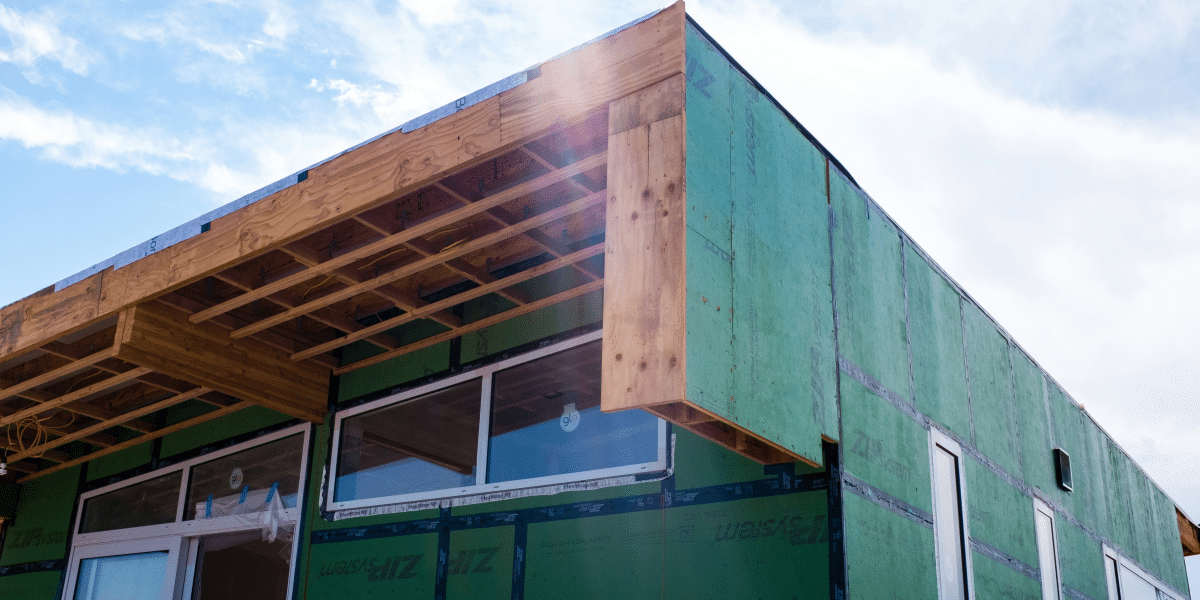Long-term sustainability is supported by sustainable living that has little to no effect on the environment. Building in an eco-friendly way is important because of climate change and the need to save resources. By using green materials and energy-efficient technologies, sustainable home builders cut down on carbon emissions, protect resources, and build healthier houses.
This article will talk about why people who want to build or renovate their home in a way that is good for the environment should hire Sustainable Home Builders.
Understanding Sustainability
Sustainability means taking care of the environment, the economy, and people without harming future generations while still meeting the wants of the present.
Core Principles
Protecting the Earth, using resources wisely, and promoting social welfare are all important parts of sustainability. These ideals stress the need to fight climate change, support eco-friendly technologies, and make societies more fair and open to everyone.
- Focus on the environment: protecting resources, cutting down on pollution, dealing with climate change, pollution from industries, and cutting down on trees.
- Ecological aspect: using resources wisely, using green technologies, and coming up with new ideas to promote long-term progress.
- Social Perspective: Putting community well-being, fairness, access to basic needs, and cultural differences first.
Challenges
Climate change causes the Earth to warm up, weather to get worse, and the sea level to rise. Pollution from factories, farms, and trash makes environmental problems worse. Deforestation from farming, building more cities, and logging makes the climate even worse.
- Global warming, extreme weather, and higher sea levels are all signs of climate change.
- Pollution from factories, farms, and trash.
- Deforestation means cutting down forests to make room for farms, cities, and logging.
Benefits
By recycling and using resources efficiently, sustainable practices cut down on waste. They also protect ecosystems and wildlife and fight climate change for a more stable future.
- Less waste: recycling, reusing, and making good use of resources.
- Planet Protection: Keeping ecosystems and species safe and fighting climate change.
Using safe methods to build a strong and prosperous future for everyone.
What Makes a House Sustainable?
A sustainable home is one that is well-designed and uses energy-efficient methods to reduce trash and encourage people to live in a way that is good for the environment.
Practicality and Waste Reduction
Prioritizing practical design cuts down on waste during construction and daily use, making the best use of the room to shrink the house’s footprint.
Use of Reclaimed or Recycled Materials
Reclaimed or recycled materials are better for the world than new ones, and they cut down on waste in construction.
Lightweight and Easily Made Materials
Using materials that are easy to make and don’t take up much space lowers the carbon footprint of a building.
Energy Efficiency via Climate-Savvy Design
Climate-smart designs use energy-saving equipment, improve insulation, and make the most of natural light and airflow to cut down on energy use and greenhouse gas emissions.
Cost Concerns and Long-Term Savings
Even though sustainable materials and technologies may cost more at first, they save you a lot of money on energy bills over time, making your home both environmentally friendly and financially stable.
Environmental Benefits of Sustainable Homes
Building homes that are sustainable is important for protecting the Earth and making the future greener.
Less Carbon Footprint
Carbon emissions are cut down by a huge amount in sustainable homes that use efficient materials and technologies. Over time, appliances that use less energy, better insulation, and renewable energy sources like solar panels cut greenhouse gas pollution by a large amount.
Preservation of Natural Resources
Eco-homes use materials and ways that won’t harm the environment, so they save resources. Reclaimed or recycled materials reduce the need for new resources, and eco-friendly landscaping and devices that use less water also help save water.
Biodiversity Conservation
Sustainable homes help biodiversity because they are built to fit in with their surroundings. Wildlife-friendly landscaping and green areas give local plants and animals a place to live, which helps keep the ecosystem balanced and strong.
Potential for Carbon-Positive Houses
Advanced green homes can produce more clean energy than it needs, going beyond carbon neutrality. These homes are actively helping to protect the environment thanks to their quiet designs, smart energy systems, and carbon sequestration methods.
Financial Incentives
One of the important things about green homes is that they save you money and help the environment at the same time.
Precise Energy Generation
Green homes get their energy from customized sources like solar panels and wind turbines, so they don’t have to rely on the power grid as much. This saves money and makes energy more sustainable.
Avoiding High Electricity Bills
Renewable energy sources and energy-efficient practices like LED lights and smart appliances help green homes avoid high electricity bills, which greatly lowers their monthly utility costs.
Possible Income from Selling Extra Electricity
Green homes that have extra energy can make money by selling it to the grid through programs like net metering. This turns their green investment into an asset.
Cost savings and income-generating possibilities in green homes make them good for both the environment and the homeowner’s wallet.
Start Considering Eco-Friendly Design For Your Home
Using environmentally friendly building methods is a smart way to save money and make a promise for a better future. Using green building and design techniques can lead to lower energy costs, the possibility of making money from renewable energy, and a smaller carbon footprint. Protecting biodiversity, natural resources, and the health of the climate is also helped by building homes that are sustainable.
When building or remodeling their houses, they should think about using eco-friendly design principles. People can make homes that are better for the Earth by working with professionals who care about sustainability. You can make the world a better place for future generations if you work together.
Published by: Nelly Chavez



















